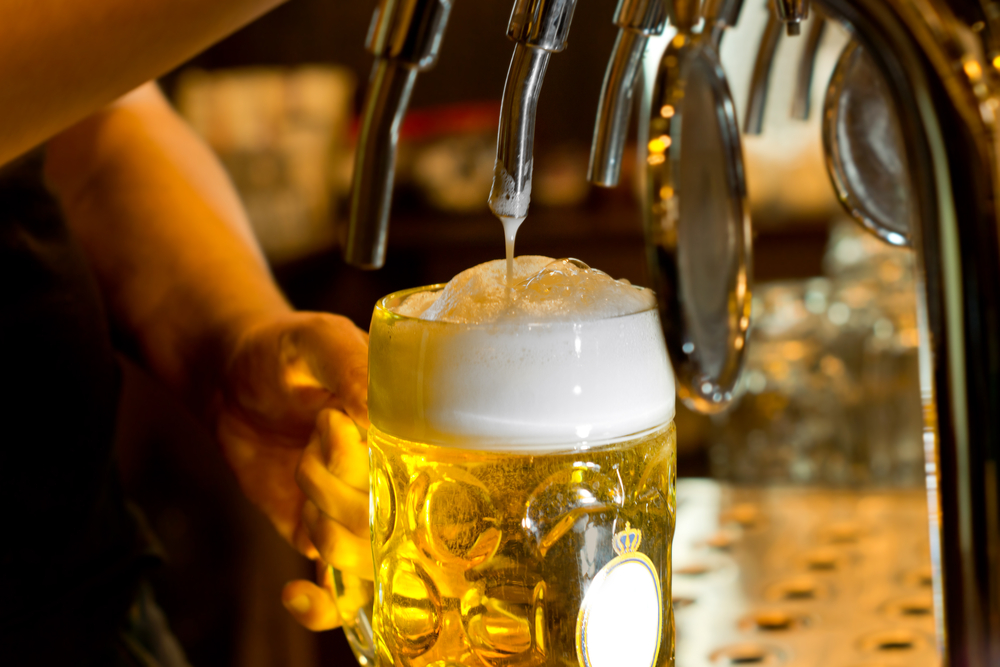When we conduct our stress tests to determine our training zones, the gold standard is determining FTP -- Functional Threshold Power -- and then basing our zones off FTP. FTP is the maximal power we can typically hold for a straight hour's effort. In other words, standard 40k TT effort. In my opinion, there's a better, more effective way to establish your Winter training zones for cycling.
Due to the inclement weather, we tend to train indoors more and we tend to also lower our volume compared to the Spring and Summer months. It is not uncommon for cyclists and triathletes to cut their training in half through the Fall and Winter. With a 25-50% cut in volume, intensity has to rise in order to compensate for the lower volume and to also create enough stimulus to create adaptation and improvement. Focusing on intervals, even intense intervals, based off a power test for an extended time trial does not seem to make much sense.
So, what's the alternative?
Critical Power. Now, if you look up Critical Power, you're likely to get as many definitions of what it is as the number of links you click on. So, here is how I define Critical Power (CP). CP is the maximal power you can hold during a 1min ramp test. Another way to think about this is that CP will be a power value significantly higher than your L5 power based off FTP. A CP test protocol looks like this:
Part 1 -- warm up for 10 minutes at 100-125 watts (yes, extremely easy). Then, start the test by holding 100w for 1min; hit the split button and increase your watts to 125 for another 1min; then 150w for 1min; then 175w; and so on until you completely blow up (if your FTP is typically in the low- to mid-200s, you could increase your 1min ramps by 20w instead of 25). The last 1min increment that you successfully hit the target watts becomes your CP. So, for example, if you hit 325w successfully, but could only manage 342w for the next 1min against a target of 350w, your CP is 325, NOT 342.
Part 2 -- after spinning easy for 10-12 minutes, hit the split button and crank your watts up to CP and see how long you can hold your CP. This is your Tmax, or maximal time at CP. If you conducted Part 1 accurately, then your Tmax should fall in the 90-180sec range, mainly depending on how well-tuned your VO2max is.
With your CP and Tmax values, you can then start a waterfall of workout cycles based on percentages of CP rather than percentages of FTP. The first cycle should be shooting for 100% CP or just above. A sample workout is something like 15sec @ 100% CP with 15sec super easy; or 20sec on/off; or 30sec on/off. Above 30sec duration, the recovery interval needs to lengthen. For example, 1min @ 100% CP with 2-2:30 super easy between. Start with 20min TOTAL (so, in the case of 15-30sec intervals, that would be a total of 10min worth of hard work) before trying 24-25min, then 30min. Complete an average of 2 CP workouts per week.
Make no mistake, these are extremely -- make that EXTREMELY -- hard. Some refer to them as HIIT (High-intensity Interval Training). Sure, that's accurate. But, unlike HIIT or Tabata or some other catch phrase, you are not simply "going as hard as you can". Rather, you are basing your power zones off your CP test rather than completely subjective, nebulous definitions. This is how you measure progress one workout to the next and one test to the next. So, what do power zones based off CP look like?
Critical Power Training Zones
HIT: 95-110% CP (intervals <1min in duration)
MITO: 85-92% CP (intervals <4min in duration)
SPAM: 78-86% CP (intervals 4-6min with less recovery than MITO)
LIP: 72-80% CP (intervals 10-30min duration -- very much like SST/FTP)
L3: <68% CP
L2: <62% CP
L1: <50% CP
Start by focusing on the HIT intervals and take it down a notch each subsequent cycle. You could even start with 2 cycles focusing on HIT before trickling down. I would say that during HIT and MITO cycles, re-testing CP is important. Once you evolve into SPAM and LIP intervals, re-testing is less important (though, you can certainly re-test if you are a glutton for punishment). After your LIP cycle, it will be time to turn your focus to FTP testing and training zones. It will be warming up, the days will be already getting longer and you will be squarely focused on the soon-to-be-starting racing season.
If you've never heard of Critical Power or never tried the above protocol, give it a shot. You will create stimulus and force adaptation in ways you have not in the past. You will also be more inclined to stick with your winter training protocol because it is something new, novel and interesting. And, if you think about it, let me know how it goes.
Happy Training,
Coach Nate


 RSS Feed
RSS Feed